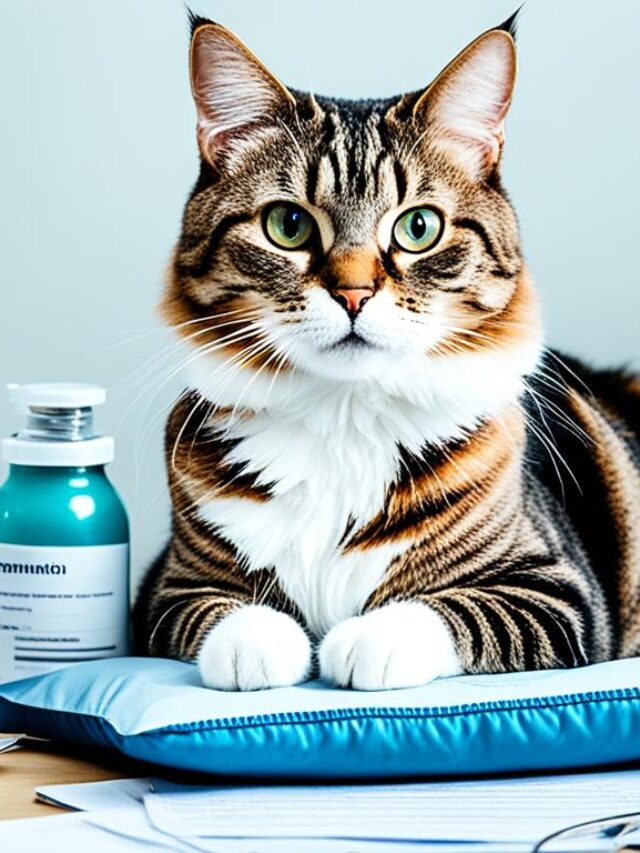The Claims Process: What to Expect
Navigating the claims process for cat insurance can be a straightforward experience when you know what to expect. Understanding each step, from the initial submission to the final reimbursement, ensures that you’re prepared and can manage the process efficiently, securing the support your feline friend needs without undue stress.
Submitting a Claim
The journey towards reimbursement begins with submitting a cat insurance claim. Providers like Fetch by The Dodo have made engaging with their systems user friendly—requiring the completion of a claims form, either online or through a mobile application. It’s critical to file as soon as possible after your cat has received veterinary care, aligning with company policy to avoid delays. Details count here; ensure accurate information to prevent any missteps that could affect the eventual payout.
Documentation and Records
Robust and proper documentation is the lifeblood of the cat insurance claim process. Embrace Pet Insurance emphasizes the significance of providing thorough veterinary records, itemized receipts, and, in some cases, a detailed diagnosis or prognosis report from your veterinarian. These records substantiate your claim, making it easier for insurers to assess and process reimbursements accurately.
Reimbursement Timeframes
After submitting cat insurance claims with all necessary documentation, policyholders are often most concerned with the turnaround time for reimbursements. Timeframes can vary by insurer, though most strive for expediency. An understanding of what to expect in terms of reimbursement processing means fewer surprises and planned financial management while awaiting claim resolution. On average, you can anticipate a few weeks for the completion of this process, though some companies work to expedite this timeframe for the convenience of their customers.
FAQ
What exactly is pet insurance for cats?
Pet insurance for cats is a type of health insurance policy designed specifically for felines that helps owners cover the cost of medical care in case of illness, injury, and sometimes even preventive care depending on the policy.
Why should cat owners consider getting pet insurance?
Cat owners should consider getting pet insurance as it can help mitigate the high costs of veterinary care, ensure better health care for their cats, and provide peace of mind knowing that unexpected medical bills can be managed more easily.
What are the common terms and policies in cat insurance?
Some common terms in cat insurance include the premium (the amount paid for the insurance), deductible (the amount the owner must pay before the insurance starts paying), exclusions (what is not covered by the policy), and reimbursement (the percentage of costs the insurance covers).
How does one compare different cat insurance plans?
You can compare different cat insurance plans by looking at the types of coverage offered, customer reviews, pricing, policy exclusions, and the company’s reputation for customer service and claims handling.
What’s important about coverage options in cat insurance?
Coverage options are essential because they determine what kind of veterinary care your cat is insured for, including accidents and illnesses, routine and preventive care, and any long-term chronic conditions.
What factors affect the cost of cat insurance?
Factors affecting the cost of cat insurance include the cat’s breed, age, pre-existing conditions, geographic location, the coverage chosen, and the desired deductible and reimbursement levels.
When selecting a cat insurance policy, what should I look for to ensure it’s a good one?
Look for a policy that provides a comprehensive range of coverage, reasonable policy limits, sensible deductibles, good reimbursement rates, a straightforward claim process, and reliable customer service.
Which companies offer the best cat insurance plans?
The best cat insurance plans are typically offered by well-established and top-rated companies. Visit sites like Consumer Affairs and Pet Life Today for the latest rankings and reviews to determine which ones are highly recommended by other pet owners and industry experts.
Why is it important to read reviews of cat insurance providers?
Reading reviews can provide insight into real-life customer experiences with insurance providers, helping you gauge their service quality, efficiency in handling claims and reimbursements, and reliability, especially during policy renewal and rate changes.
How should I approach the balance between affordability and coverage in cat insurance?
To strike the right balance between affordability and coverage, carefully evaluate the costs and benefits of different policies, assess the long-term savings of potential insurance plans, and consider the impact that various deductibles and premiums might have on your budget.
Are there any discounts or savings available when purchasing cat insurance?
Yes, many insurance providers offer discounts and savings opportunities such as multi-pet discounts, annual payment discounts, bundle deals with other insurance types, and specials for microchipped pets or those from shelters.
What are some typical exclusions and limitations in cat insurance policies?
Typical exclusions and limitations in cat insurance policies may include pre-existing conditions, genetic or breed-specific health issues, and sometimes age limits, especially for senior cats.
Can I customize my cat’s insurance plan to better suit our needs?
Absolutely, many insurers offer customizable plans where you can select the coverage that suits your and your cat’s needs, such as choosing specific deductible and reimbursement levels, as well as adding or excluding certain types of coverages.
What should I expect during the claims process for cat insurance?
During the claims process, you will typically need to submit a claim along with necessary documentation and veterinary records. Afterward, the insurance company will review your claim and, if approved, issue a reimbursement based on your policy’s stipulations.




